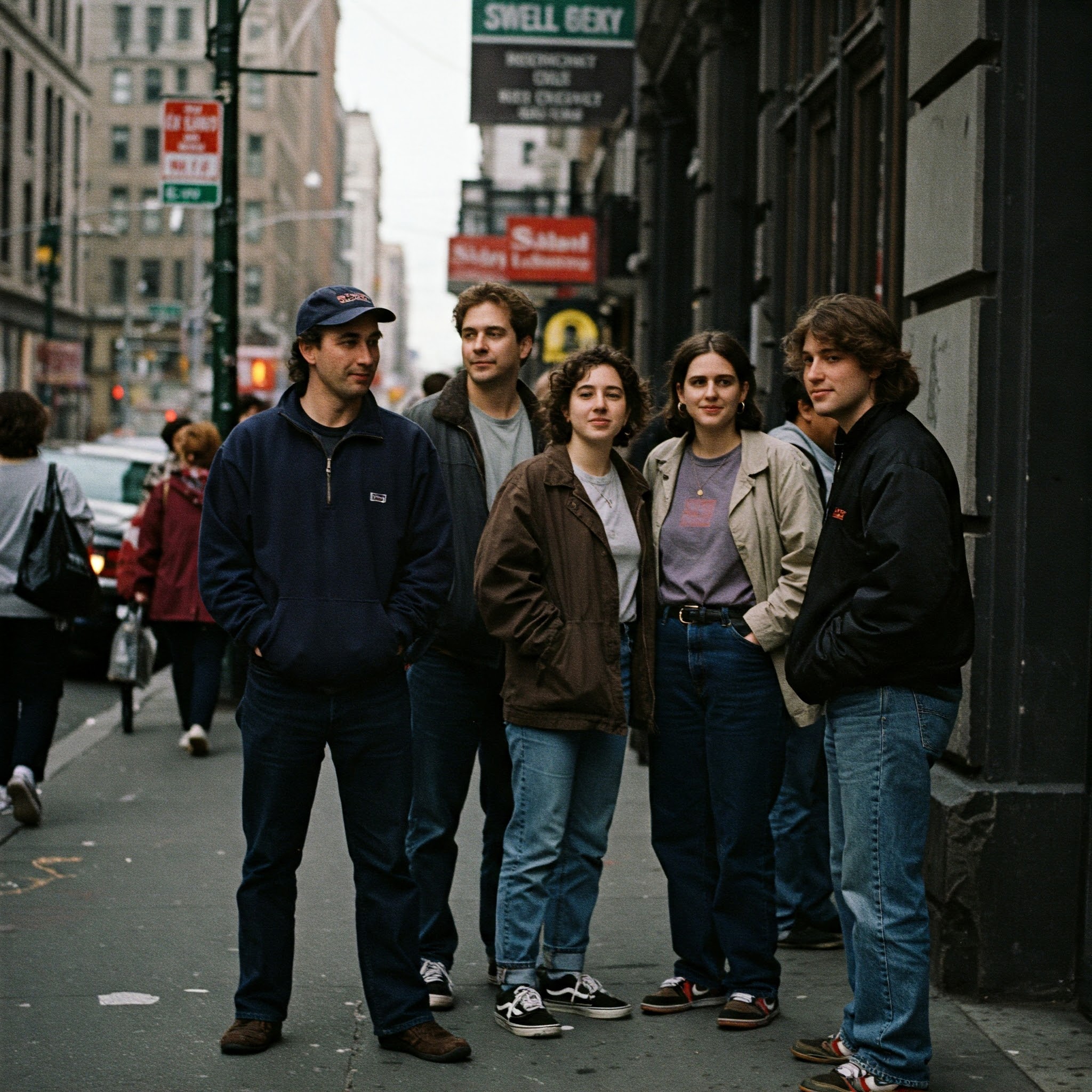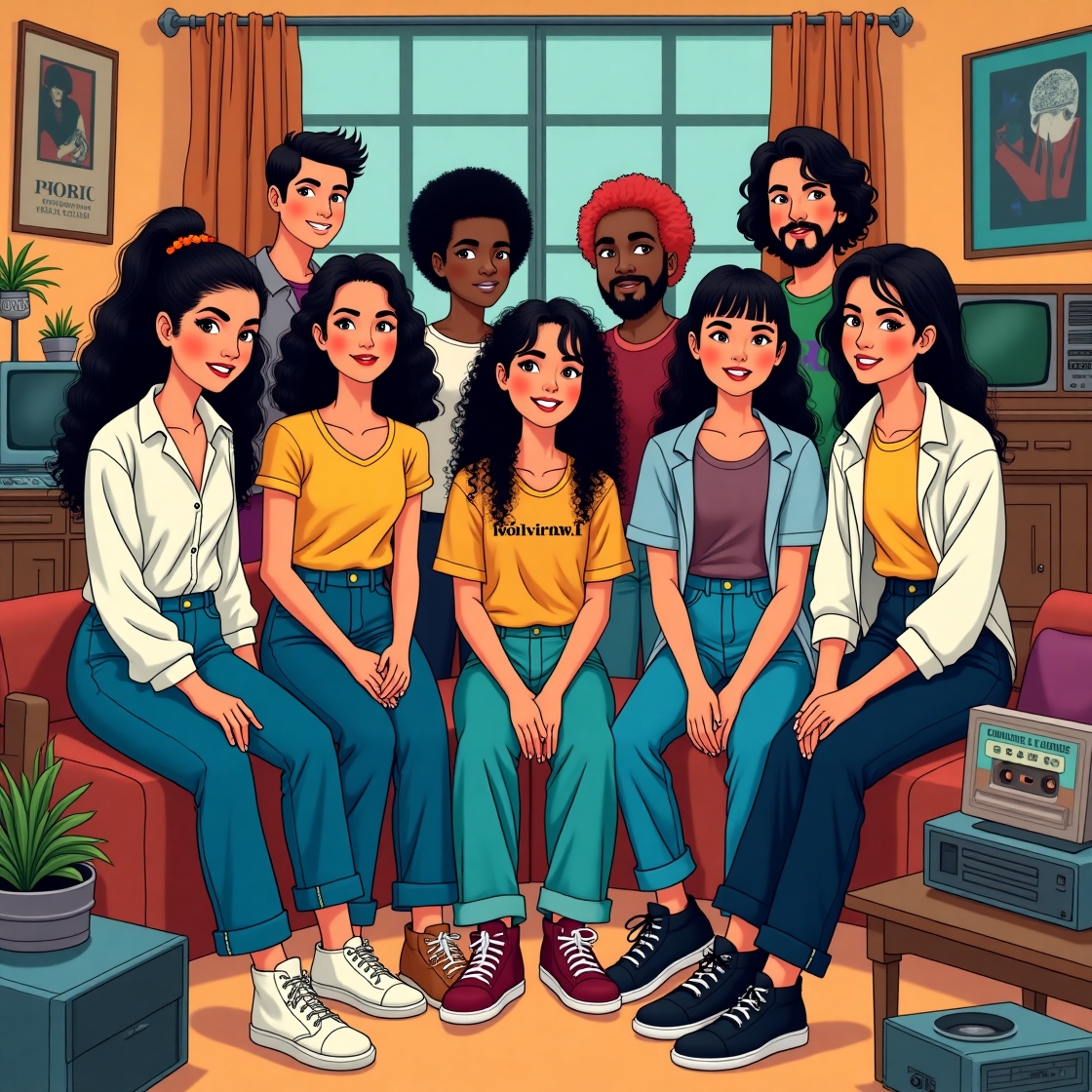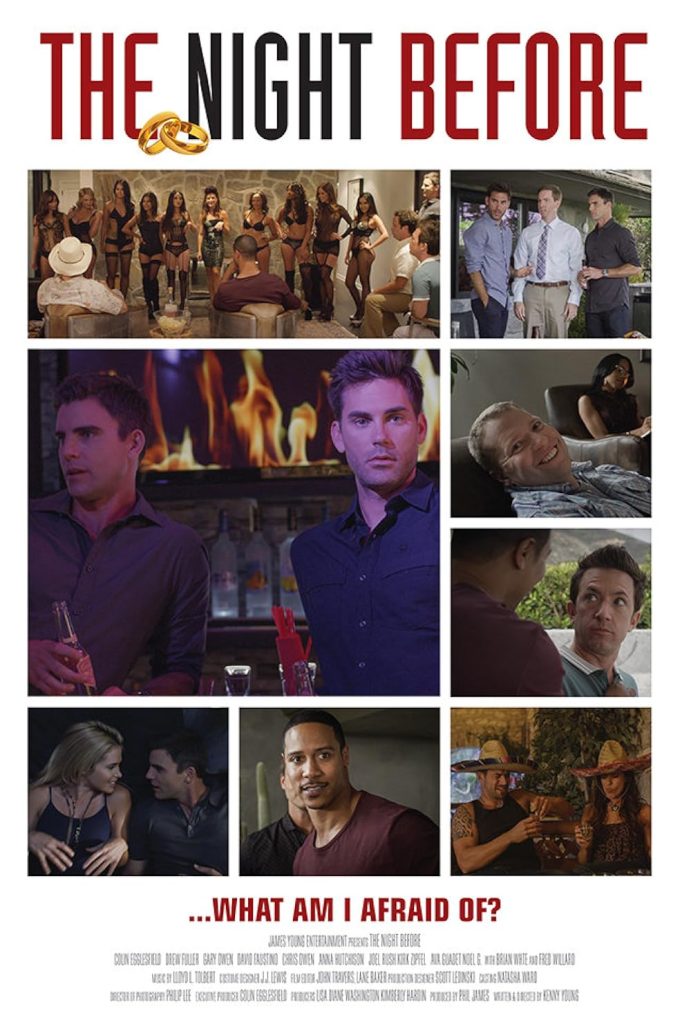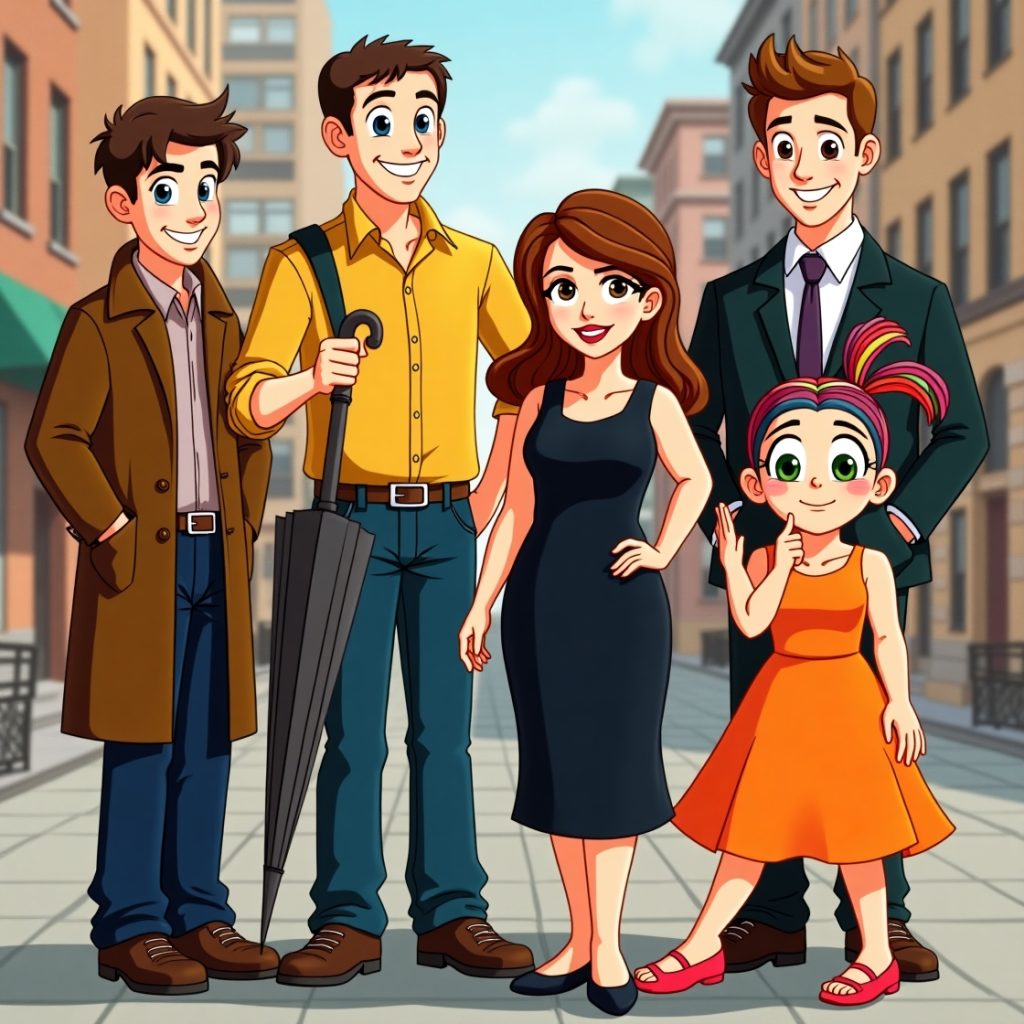|
Hear me out
Getting your Trinity Audio player ready...
|
Personality Types of Melrose Place Characters:
Let’s break down the personality types of the major characters from the iconic 90s primetime soap opera, “Melrose Place.” Keep in mind that these characters often evolved (or devolved!) dramatically over the show’s run, and their personalities were frequently exaggerated for dramatic effect. They aren’t formal psychological profiles but rather archetypes (in the general sense of the term), common in this genre.
Here’s a look at some key figures:
- Amanda Woodward (Heather Locklear):
- Type: The Power Bitch / Queen Bee / Alpha Female.
- Traits: Ruthless, ambitious, manipulative, confident, stylish, cutthroat in business and romance. She knew what she wanted and wasn’t afraid to step on others to get it. Often the antagonist but also undeniably charismatic. She essentially owned the place (literally and figuratively).
- Michael Mancini (Thomas Calabro):
- Type: The Cad / Serial Cheater / Scheming Doctor.
- Traits: Started as a seemingly devoted husband but quickly became opportunistic, deceitful, and incredibly unfaithful. He manipulated almost everyone, constantly schemed to advance his career or cover his tracks, and cycled through numerous relationships and villainous plots. He was often driven by ego and selfishness.
- Alison Parker (Courtney Thorne-Smith):
- Type: The Troubled Ingénue / Victim / Damsel in Distress (often).
- Traits: Initially presented as sweet, somewhat naive, and vulnerable. She battled alcoholism, trauma, and tumultuous relationships (especially with Billy). While often positioned as a victim of circumstance or manipulation, she could also be indecisive or exhibit her manipulative tendencies at times.
- Billy Campbell (Andrew Shue):
- Type: The Nice Guy (Initially) / Wavering Romantic Lead.
- Traits: Started as the affable, good-natured aspiring writer. Often portrayed as more sensitive and less manipulative than others, but could also be weak-willed, easily influenced, and perpetually caught between Alison and other women (like Amanda). His “niceness” sometimes bordered on indecisiveness or passivity.
- Jane Mancini (Josie Bissett):
- Type: The Scorned Woman / Evolving Schemer.
- Traits: Began as Michael’s sweet, supportive wife and a budding fashion designer. His betrayals hardened her, leading her to become more cynical, vengeful, and capable of her schemes, particularly against Michael and Sydney. She oscillated between being a victim and seeking retribution.
- Sydney Andrews (Laura Leighton):
- Type: The Chaotic Troublemaker / Desperate Vixen / Tragicomic Figure.
- Traits: Jane’s younger sister arrived naive but quickly descended into a whirlwind of manipulation, blackmail, stripping, prostitution, and general chaos. Often driven by a desperate need for love, attention, and money, her schemes frequently backfired. She could be villainous but also pitiable and sometimes provided unintentional comic relief.
- Jake Hanson (Grant Show):
- Type: The Brooding Bad Boy / Flawed Hero.
- Traits: The handsome, motorcycle-riding handyman/bar owner. Generally good-hearted but often reserved, moody, and attracted to troubled women or dangerous situations. He had a strong sense of loyalty but a troubled past and a tendency towards impulsive actions.
- Jo Reynolds (Daphne Zuniga):
- Type: The Tough Independent Woman / Survivor.
- Traits: A street-smart photographer from a rough background. Independent, tough, and resilient, often wary of trusting others due to past experiences. She faced numerous challenges, including abusive relationships and custody battles, showcasing her survivor instincts.
- Matt Fielding (Doug Savant):
- Type: The Moral Compass / The Confidante.
- Traits: As the openly gay character, Matt often served as the most stable and morally grounded resident. He was a social worker, frequently acted as a confidante for others, and his storylines often revolved around social issues like discrimination and homophobia. He was generally less prone to the extreme scheming of his neighbors.
- Kimberly Shaw (Marcia Cross):
- Type: The Unhinged Villain / Femme Fatale (post-accident).
- Traits: Initially, Michael’s colleague and mistress, a presumed death and traumatic brain injury transformed her into one of the show’s most iconic and gloriously unhinged villains. Known for her dramatic scar reveal, multiple personalities, and bombing the apartment complex, she was manipulative, vengeful, and capable of extreme actions.
These characters and their dramatic personalities were central to Melrose Place’s success as a quintessential 90s soap opera, full of betrayal, shifting alliances, and over-the-top drama.
What makes them unique and special compared to the characters of other soap operas
While Melrose Place used many soap opera tropes, its characters and overall vibe had some unique qualities that set them apart, especially compared to traditional daytime soaps:
- Focus on Gen X Young Adulthood: Unlike the family dynasty sagas of the 80s or the often decades-spanning stories of daytime soaps, Melrose Place (especially initially) tapped into the specific anxieties and experiences of post-college young adults in the 1990s. They were navigating careers (often struggling), messy relationships, paying rent, and trying to figure out their lives, which felt more contemporary and relatable to its target demographic at the time.
- The “Found Family” Setting (with Extreme Dysfunction): The apartment complex setting created a unique dynamic. These weren’t blood relatives bound by legacy, but a group of peers living nearby, forming a sort of intense, incestuous, and highly dysfunctional “found family.” This constant proximity fueled rapid plot developments, shifting alliances, and betrayals that felt less constrained by traditional family structures seen in other soaps.
- Rapid and Extreme Character Transformations: While character evolution (or devolution) happens in all soaps, Melrose Place became famous for pushing its characters to extreme limits, often quite quickly. Michael’s turn from dedicated doctor to arch-villain, Kimberly’s journey to becoming spectacularly unhinged, or Jane’s shift from victim to schemer were hallmarks. The show wasn’t afraid to fundamentally alter characters for maximum shock value.
- Blend of the Mundane and the Utterly Absurd: The show often grounded its characters in somewhat relatable situations (job stress, dating woes) but then catapulted them into completely over-the-top, often ludicrous storylines (bombings, inexplicable returns from the dead, cults, outlandish medical ethics breaches, multiple personalities). This specific high-low blend felt distinct – less consistently opulent than Dynasty, less focused on established community than daytime soaps, but far more outrageous than more grounded dramas.
- Iconic, Amplified Archetypes: Melrose Place didn’t just use archetypes; it created defining, amplified versions for the ’90s. Amanda Woodward became the quintessential “power bitch” boss/landlord. Michael Mancini was the ultimate irredeemable cad. Kimberly Shaw set a new standard for gloriously insane soap villains. Sydney Andrews embodied chaotic desperation. These characters felt like heightened, almost satirical takes on soap roles.
- Pacing and Tone: As a weekly primetime show, its pacing was inherently different from a daily soap. It often felt faster, more event-driven, and arguably had a more cynical, less sentimental tone than many predecessors.
- Moral Ambiguity as Standard: While soaps always have morally grey characters, Melrose Place seemed to operate in a world where almost everyone was capable of significant betrayal, manipulation, or crime. There were few purely virtuous characters (even Matt had his moments), making the baseline level of moral compromise feel higher and more pervasive than in many other soaps.
In essence, Melrose Place characters felt special because they captured a specific 90s young adult zeitgeist (filtered through extreme melodrama), existed within a unique pressure-cooker environment, underwent shocking transformations, and became iconic examples of amplified soap archetypes, all delivered with a distinctive blend of cynicism and absurdity.









